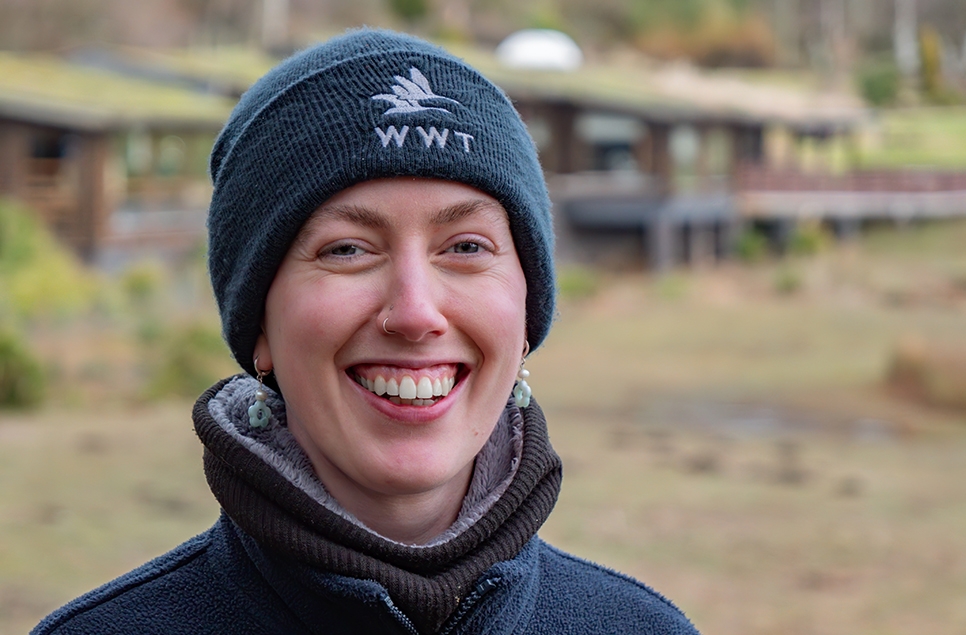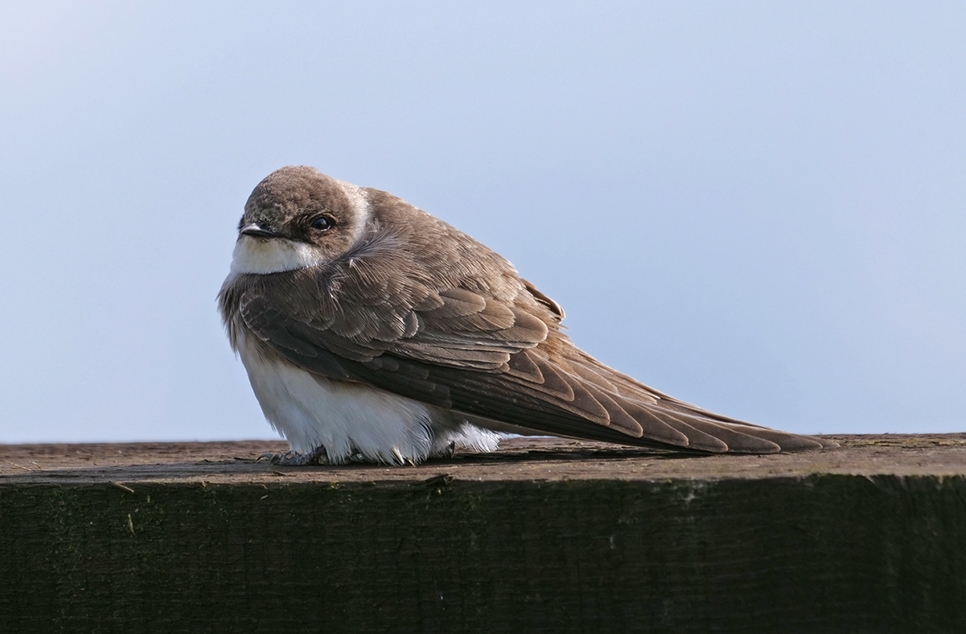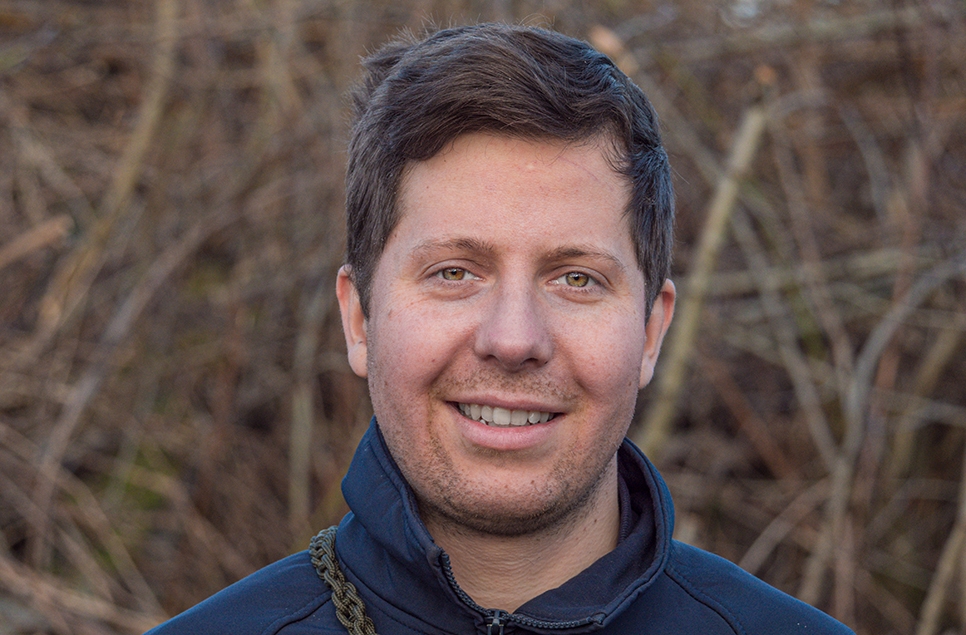Restore your wellbeing in our wetlands this autumn
To experience wetlands in autumn is to know them at their most restorative.
Just as they offer a two-way rest and refuelling point for migrating birds and sanctuary to thousands of animals as the colder weather creeps in, they also provide the perfect place for us to relax and slow down following the bustle of summer.
Spending time in nature - particularly near water - has real wellbeing benefits. It’s been proven to make us feel happier and reduce negative thoughts and levels of stress.
This scientific knowledge is important, but further evidence (from a key study by the University of Derby) shows that connectedness – a real emotional relationship with nature that goes further than just exposure – matters more.
So join us this season and discover a deeper connection with nature as you restore your wellbeing in our uplifting wetlands, full of inspiring wildlife.
Using your senses to explore
Our senses play an essential part in how we experience the natural world.
Most often, we interpret nature visually – watching a breath-taking sunrise or marvelling at a colourful butterfly, for example – but on a wander around our autumnal wetlands, your senses can be stimulated in other ways.
Stand, arms 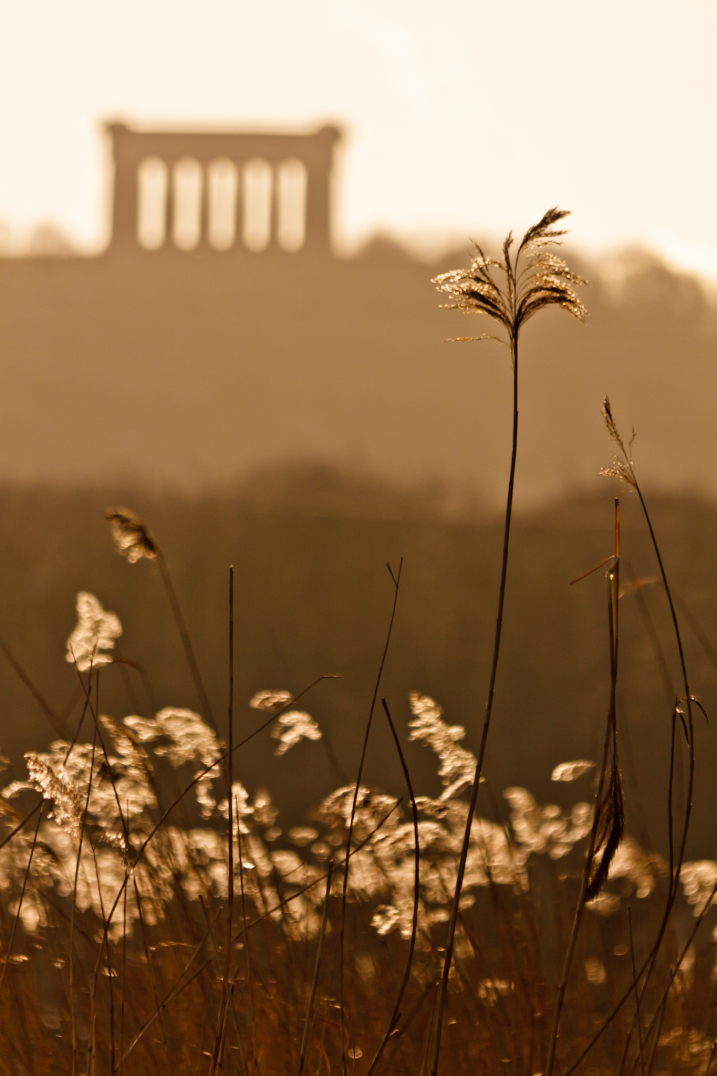
Our woodlands are home to an array of plant species all year round and a stroll through them is always a hit on the senses. Turn off the main path into Hollowood and note the shift in light as the trees close in and stretch upwards around you, pushing bird sounds to the fore with twitters, chirrups and cries echoing overhead.
Practice being mindful and focus on your footsteps, noting the differing textures felt underfoot - from the squish of mulchy leaves to the crunch of pine cones. It might not be the best season for flowers, but there are other, more subtle, fragrances to be found. The leaves of an evergreen tree perhaps, or the smell of the earth after it has rained. This scent even has a special name: petrichor.
During autumn and winter, waterbirds gathering at the saline lagoon and Wader Lake make for a fantastic auditory experience, with their unique honks, whistles, squeaks and quacks. Listen to these select few and then see what you can identify on site the next time you visit https://bit.ly/winterbirdcalls
The ponds of our collection birds also have their own watery soundtrack, as they trickle and flow through the pens to join the River Wear. On sunny autumnal days, the light hits their surfaces at different angles, split by tree branches and late foliage, adding to the sense of movement as our ducks dabble and dive. Pause a while, relax and let yourself be mesmerised.
Connecting with nature
"The science of ecology had not been invented when I was learning biology; yet the instant its principles were enumerated, I immediately realised the essential truth that all nature is interrelated, that we are a part of it and need contact with it.” – Sir Peter Scott (WWT founder)
Simply put, we are nature, not separate from it. And the more that we are able to feel this inherent connection, the more valuable our experiences of the natural world become and the better they are for our wellbeing.
Handfeeding our geese in Ganderland is one of the simplest ways to reap these benefits.

Have patience and wait for the various species to come to you and you’ll soon appreciate the simple beauty of the pure white Ross’ geese or the calmness of the gentle Nene. Stroke the latter’s furrowed neck feathers as they nibble corn from your outstretched hand and be soothed by their low, grumbling calls.
Our wild reserve offers opportunities to forge deeper connections too. Seeing your first kingfisher is one of those ultimate wildlife watching moments that everybody hopes to experience and nobody forgets.
During autumn, sightings increase greatly in areas such as the saline lagoon and out on the River Wear and you’re more likely than ever to catch a glimpse of this bucket list bird. Read on for our hints and tips on where to spot one https://bit.ly/kingfisherWA
Appreciate the beauty
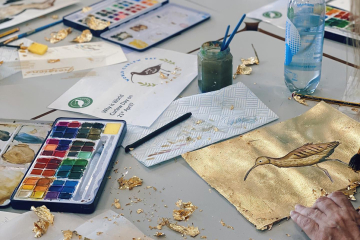
This November, artist Amy Brooks joins us with curlew-themed watercolour workshops suitable for all skill levels, whether you are new to art or a practiced painter. Find out more and book here https://bit.ly/WA-art-workshops-Nov22
Autumn’s earthy palette and gentle light also lends our wetlands and their wildlife a magical glow – an ideal challenge for aspiring or established photographers to have a go at capturing. Read here for advice from our volunteer photographer Ian Henderson on where and when to get the best autumnal shot.
Be inspired
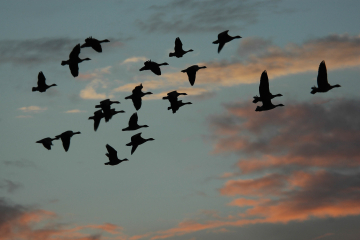
If you really take the time to think about what these birds go through to make their perilous trips, you’ll experience one of those realisations that nature is so adept at delivering: the feeling that we’re part of something extraordinary.
Escape the everyday and take time out in our waterside hides to sit and soak in this spectacle – with highlights including black-tailed godwit, snipe and whimbrel – or head to the woodlands, where redwing and fieldfare feast on berries, as tits and finches visit the feeding stations.
Curlew numbers grow too as the weather turns cooler and by early winter, Wader Lake is home to one of the UK’s largest inland freshwater curlew roosts – a truly wild experience not to be missed.
Nurturing nature
One of the best ways to connect with nature is to look after it. Become a WWT member and you are becoming an important advocate for both wetlands and the amazing wildlife they support. Without this commitment, we’d simply not be able to do what we do.
Find out more about the incredible things your membership money helps us to achieve and how to join the WWT family here.
Ready to visit?
If you've been inspired to explore Washington Wetland Centre this autumn and restore your wellbeing, find out more and plan your visit online.
